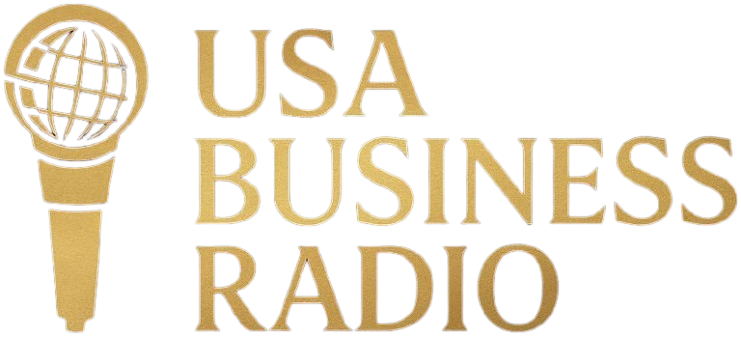Wall Street is throwing a party, but the music sounds suspiciously like the Titanic’s band playing as the ship tilts. The S&P 500 and Dow just waltzed into record territory after July’s retail sales came in strong. CNBC’s headline writers could barely contain themselves: solid retail sales data fuels gains. The implication? Consumers are healthy, inflation is tame, the economy is purring.
But here’s the catch: people aren’t buying more stuff because they feel rich. They’re buying now because they know tomorrow’s prices will be worse.
July’s numbers got an artificial boost from cars and trucks — up 1.6% — a category that just happens to be in the crosshairs of looming tariffs. That’s not organic demand. That’s panic shopping with a steering wheel. Even when you strip out autos, sales only rose 0.3%. Factor in inflation, and much of that “gain” is really just higher prices for the same (or fewer) goods.
It’s as if consumers are treating the economy like a bad buffet: load up your plate before the sneeze guard comes down. Promotions like Amazon Prime Day and back-to-school deals lured shoppers into buying in bulk, but the motivation wasn’t just discounts — it was dread. Retail executives have been quietly warning for weeks that tariffs will work their way into prices, and the smart shopper knows a pre-tariff toaster is better than a post-tariff one.
The market, however, loves the headline number and doesn’t care about the footnotes. Traders saw “solid retail sales” and sprinted to buy, assuming the Federal Reserve has plenty of room to cut rates later. It’s a kind of willful amnesia — ignoring that front-loading demand today means a spending hangover tomorrow.
When August and September data roll in, the sugar rush may be gone. Consumers will have basements full of paper towels, garages with new SUVs, and credit cards groaning under the weight of “beating the tariffs.” That’s when the party ends and the bill — in the form of slower growth and potentially higher prices — gets slapped on the table.
For now, the market dances on. But remember: champagne tastes best before you see the check. And judging by July’s numbers, that check is already printing..




